Mastering Paper Airplane Art: A Comprehensive Guide
Unleash Your Inner Aviator with Paper Airplanes
Ever wanted to soar the skies without leaving your room? Paper airplanes might just be the ticket! Whether you're new to the art or a seasoned paper folder, there's always something new to learn that can take your creations to new heights. From mastering the basics to exploring advanced designs, you'll find tips here to make your paper airplanes not only look great but also fly further and more steadily. So, get ready to fold, launch, and enjoy the fun of paper airplane crafting!
The Fundamentals of Paper Airplane Design
Understanding Aerodynamics in Paper Airplanes
Aerodynamics isn't just for real planes; it's crucial for paper ones too! The flight of your paper airplane is influenced by lift, drag, thrust, and weight. Grasping these concepts can help you craft a high-flying masterpiece.
- Lift: This is what keeps your airplane aloft, countering gravity. The shape and angle of the wings generate lift as air flows over them. A curved upper surface and a flatter lower surface create the necessary pressure difference for lift.
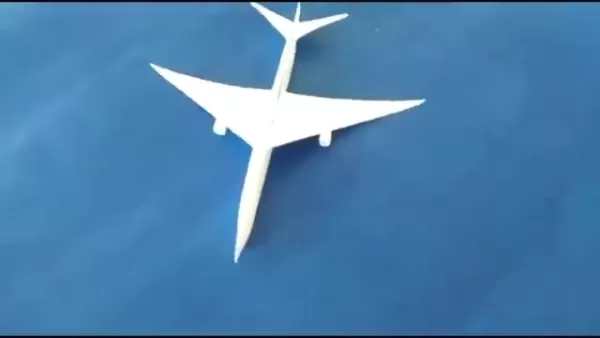
- Drag: This force works against your airplane, slowing it down. Minimizing drag through streamlined designs and smooth surfaces can enhance your airplane's speed and distance.
- Thrust: The initial throw gives your airplane its thrust. How hard and at what angle you throw it sets the stage for its flight path.
- Weight: Gravity pulls your airplane down, so lighter planes generally fly farther. But don't forget about stability—balancing the weight is key.
By tweaking these elements, you can experiment with wing shapes, folding methods, and weight distribution to optimize your airplane's performance.
Essential Folding Techniques for Beginners
Before tackling complex designs, start with the basics. Mastering these foundational folds will set you up for success with more advanced models.
- Valley Fold: This fold creates a 'valley' and is used to shape wings and edges.
- Mountain Fold: The opposite of a valley fold, it forms a 'mountain' and adds rigidity to your airplane.
- Symmetry: Keeping both sides of your airplane symmetrical is crucial for balanced flight.
- Creases: Sharp, well-defined creases ensure your airplane holds its shape. Use a flat surface to get them just right.
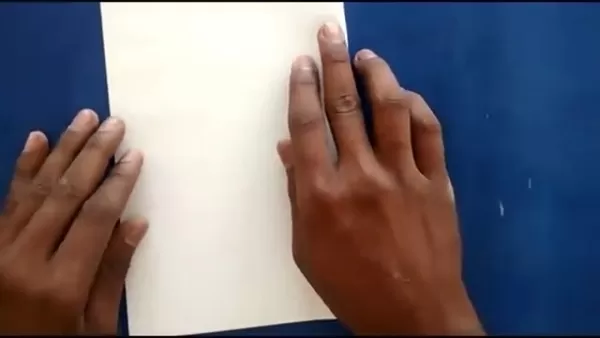
- Edge Alignment: Accurate edge alignment prevents your airplane from veering off course.
Getting these basics down will improve the quality of your paper airplanes and prepare you for more intricate designs.
Choosing the Right Paper for Your Paper Airplane
The paper you choose can make a big difference in how your airplane flies. Different weights and textures affect its performance in unique ways.
- Standard Copy Paper: A versatile choice, easy to fold but not the most durable.
- Cardstock: Heavier and more robust, though it might reduce flight distance due to added weight.
- Construction Paper: Less rigid, suitable for simpler designs.
- Glossy Paper: Smooth and potentially drag-reducing, though trickier to fold neatly.
For starters, stick with standard copy paper. As you get more comfortable, try out different types to see what works best for your creations.
Advanced Paper Airplane Designs
Designing for Distance: The Long-Range Glider
Want to see your airplane soar across the room? Focus on minimizing drag and maximizing lift with these tips:
- Wing Shape: Opt for a long, slender wing with a high aspect ratio to reduce drag and boost lift.
- Airfoil Design: A slightly curved upper surface and a flatter lower surface will generate the lift you need.
- Weight Distribution: Keep the center of gravity slightly forward of the center of lift for stability.
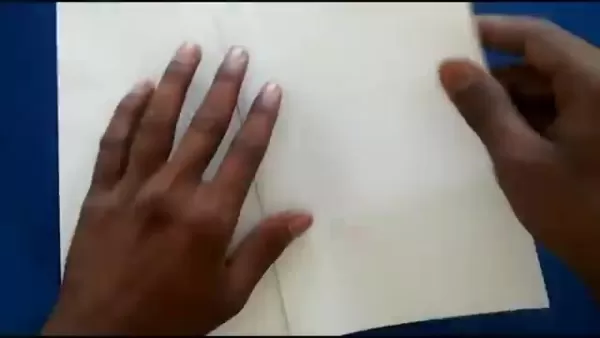
- Control Surfaces: Use them sparingly to adjust flight without adding unnecessary drag.
- Folding Precision: Precision in folding is crucial for a high-performance glider.
With these design elements in mind, your paper airplane can glide smoothly and cover impressive distances.
Designing for Aerobatics: The Stunt Plane
Ready to perform some aerial tricks? Here's how to design a paper airplane for aerobatics:
- Wing Shape: A shorter, wider wing offers better maneuverability, ideal for delta or swept wings.
- Control Surfaces: Ailerons, elevators, and rudders are your friends for executing loops and rolls.
- Weight Distribution: Keep the center of gravity close to the center of lift for responsiveness.
- Folding Precision: Accurate folding ensures reliable maneuvers.
- Durability: Use heavier paper or reinforce with tape to withstand the stress of aerobatics.
With these tips, your paper airplane will be ready to dazzle with its aerial acrobatics.
Adding Visual Appeal: Decorative Techniques
Who says paper airplanes can't be stylish? Here are some ways to make your creations visually appealing:
- Coloring: Use markers or colored pencils to add vibrant patterns or camouflage.
- Decals: Stick on logos or emblems with adhesive-backed paper for a personalized touch.
- Streamers: Add streamers to wingtips or the tail for a splash of color and added stability.
- Lighting: Small LED lights can make your nighttime flights spectacular.
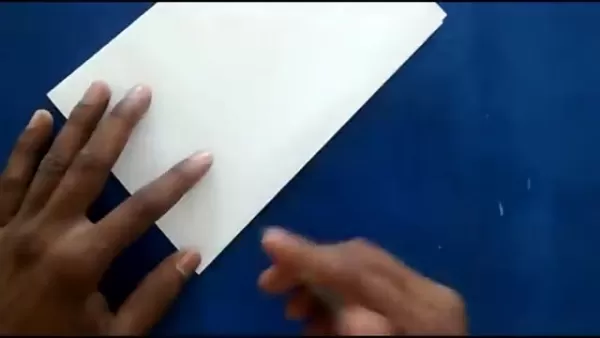
- Custom Shapes: Cut out and attach custom shapes to mimic engines or control surfaces.
With these techniques, your paper airplanes can be both functional and a feast for the eyes.
Step-by-Step Tutorial: Creating a Classic Dart Paper Airplane
Step 1: Prepare Your Paper
Start with a clean 8.5 x 11 inch sheet of paper. Lay it on a flat surface in landscape orientation.

Step 2: The First Fold
Fold the paper in half lengthwise, creating a sharp center crease. This will be your airplane's backbone.
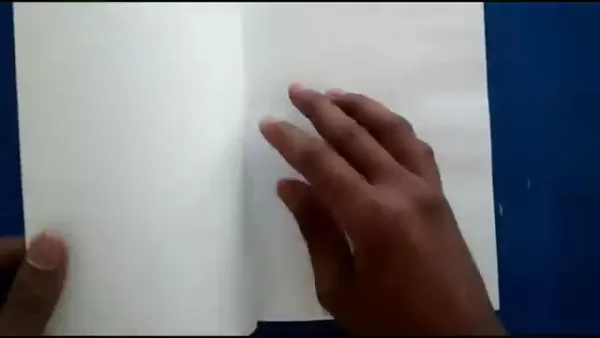
Step 3: Creating the Wings
Fold the top corners down towards the centerline, ensuring symmetry for balanced flight. Make sharp creases.
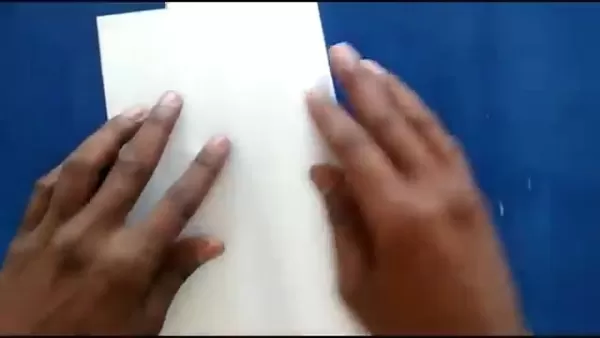
Step 4: Folding the Wing Edges
Fold the top edges down again towards the centerline, keeping everything symmetrical and crisp.
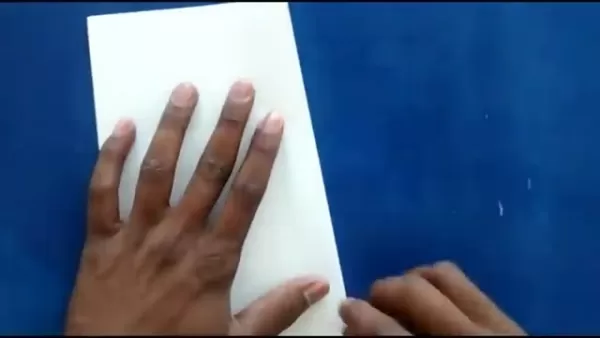
Step 5: Folding the Airplane in Half
Fold the airplane in half along the original centerline, ensuring the wings are on the outside and the crease is sharp.
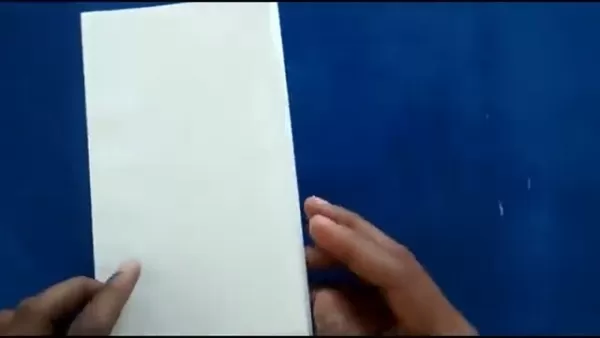
Step 6: Folding the Wing Flaps
Fold the wings down to create flaps, ensuring they're equal on both sides for balanced flight.
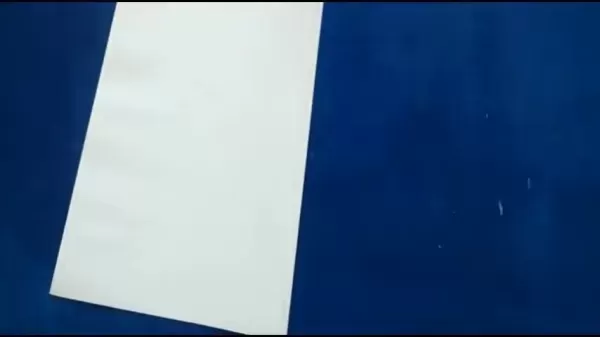
Step 7: Optional - Adding Flaps to the Wings
Draw and cut out elevators and a rudder for extra control during flight.
Step 8: Test Flight and Adjustments
Hold the airplane near the center of gravity, throw it with a smooth motion, and observe its flight. Adjust wing flaps or add weight to the nose if needed for better performance.

Pros and Cons of Paper Airplane Making
Pros
- Low Cost: All you need is paper, which is cheap and easy to find.
- Accessibility: Anyone can enjoy making paper airplanes, no matter their age or skill level.
- Creativity: Endless possibilities for design and experimentation.
- Educational: Learn about aerodynamics and engineering in a fun way.
- Fun: A great activity for people of all ages to enjoy.
Cons
- Durability: Paper airplanes are fragile and can tear easily.
- Weather Sensitivity: Wind and rain can mess with their flight.
- Limited Performance: They don't fly as well as real aircraft.
- Complexity: Advanced designs can be tricky to fold.
- Skill Required: Getting the best performance takes practice.
FAQ
What is the best type of paper for paper airplanes?
It depends on what you're aiming for. Standard copy paper is a good starting point for beginners. Cardstock is more durable but heavier, while glossy paper can reduce drag but is harder to fold. Experiment to find your perfect match.
How do I improve the distance of my paper airplane?
Focus on minimizing drag and maximizing lift. Use a streamlined design with long, slender wings, ensure symmetry, and create sharp creases. Adding a bit of weight to the nose can help with stability.
How do I make my paper airplane fly straight?
Ensure the wings are symmetrical and the weight is evenly distributed. Adjust wing flaps or ailerons if needed, and a slight upward angle on the wings can improve stability.
How do I perform aerobatic maneuvers with a paper airplane?
You'll need control surfaces like ailerons, elevators, and rudders. Design your airplane with a shorter, wider wing for maneuverability, and practice controlling roll, pitch, and yaw for loops and rolls.
Related Questions
What are some common mistakes to avoid when making paper airplanes?
Avoid using wrinkled or creased paper, misaligning edges, creating dull creases, failing to ensure symmetry, and neglecting weight distribution. These can all affect your airplane's performance.
Can I use tape or glue to improve the durability or performance of my paper airplanes?
Yes, tape and glue can reinforce weak spots and add decorative elements. Just be cautious not to add too much weight, which could hinder flight distance.
Are there any paper airplane competitions or clubs?
Absolutely! There are competitions and clubs worldwide where you can showcase your designs and meet fellow enthusiasts. Look online for events near you or internationally to join the fun.
Related article
 AI-Powered Cover Letters: Expert Guide for Journal Submissions
In today's competitive academic publishing environment, crafting an effective cover letter can make the crucial difference in your manuscript's acceptance. Discover how AI-powered tools like ChatGPT can streamline this essential task, helping you cre
AI-Powered Cover Letters: Expert Guide for Journal Submissions
In today's competitive academic publishing environment, crafting an effective cover letter can make the crucial difference in your manuscript's acceptance. Discover how AI-powered tools like ChatGPT can streamline this essential task, helping you cre
 US to Sanction Foreign Officials Over Social Media Regulations
US Takes Stand Against Global Digital Content Regulations
The State Department issued a sharp diplomatic rebuke this week targeting European digital governance policies, signaling escalating tensions over control of online platforms. Secretary Marco
US to Sanction Foreign Officials Over Social Media Regulations
US Takes Stand Against Global Digital Content Regulations
The State Department issued a sharp diplomatic rebuke this week targeting European digital governance policies, signaling escalating tensions over control of online platforms. Secretary Marco
 Ultimate Guide to AI-Powered YouTube Video Summarizers
In our information-rich digital landscape, AI-powered YouTube video summarizers have become indispensable for efficient content consumption. This in-depth guide explores how to build a sophisticated summarization tool using cutting-edge NLP technolog
Comments (2)
0/200
Ultimate Guide to AI-Powered YouTube Video Summarizers
In our information-rich digital landscape, AI-powered YouTube video summarizers have become indispensable for efficient content consumption. This in-depth guide explores how to build a sophisticated summarization tool using cutting-edge NLP technolog
Comments (2)
0/200
![KevinJohnson]() KevinJohnson
KevinJohnson
 August 6, 2025 at 1:00:59 AM EDT
August 6, 2025 at 1:00:59 AM EDT
Who knew paper airplanes could be so legit? This guide’s got me folding like a pro, but my cat keeps swiping my planes mid-flight! 😅 Anyone else’s pets ruining their airshow?


 0
0
![DouglasAnderson]() DouglasAnderson
DouglasAnderson
 August 5, 2025 at 3:00:59 AM EDT
August 5, 2025 at 3:00:59 AM EDT
Who knew paper airplanes could be so complex? This guide’s got me folding like a pro! ✈️ Loving the tips for better flight distance!


 0
0
Unleash Your Inner Aviator with Paper Airplanes
Ever wanted to soar the skies without leaving your room? Paper airplanes might just be the ticket! Whether you're new to the art or a seasoned paper folder, there's always something new to learn that can take your creations to new heights. From mastering the basics to exploring advanced designs, you'll find tips here to make your paper airplanes not only look great but also fly further and more steadily. So, get ready to fold, launch, and enjoy the fun of paper airplane crafting!
The Fundamentals of Paper Airplane Design
Understanding Aerodynamics in Paper Airplanes
Aerodynamics isn't just for real planes; it's crucial for paper ones too! The flight of your paper airplane is influenced by lift, drag, thrust, and weight. Grasping these concepts can help you craft a high-flying masterpiece.
- Lift: This is what keeps your airplane aloft, countering gravity. The shape and angle of the wings generate lift as air flows over them. A curved upper surface and a flatter lower surface create the necessary pressure difference for lift.

- Drag: This force works against your airplane, slowing it down. Minimizing drag through streamlined designs and smooth surfaces can enhance your airplane's speed and distance.
- Thrust: The initial throw gives your airplane its thrust. How hard and at what angle you throw it sets the stage for its flight path.
- Weight: Gravity pulls your airplane down, so lighter planes generally fly farther. But don't forget about stability—balancing the weight is key.
By tweaking these elements, you can experiment with wing shapes, folding methods, and weight distribution to optimize your airplane's performance.
Essential Folding Techniques for Beginners
Before tackling complex designs, start with the basics. Mastering these foundational folds will set you up for success with more advanced models.
- Valley Fold: This fold creates a 'valley' and is used to shape wings and edges.
- Mountain Fold: The opposite of a valley fold, it forms a 'mountain' and adds rigidity to your airplane.
- Symmetry: Keeping both sides of your airplane symmetrical is crucial for balanced flight.
- Creases: Sharp, well-defined creases ensure your airplane holds its shape. Use a flat surface to get them just right.

- Edge Alignment: Accurate edge alignment prevents your airplane from veering off course.
Getting these basics down will improve the quality of your paper airplanes and prepare you for more intricate designs.
Choosing the Right Paper for Your Paper Airplane
The paper you choose can make a big difference in how your airplane flies. Different weights and textures affect its performance in unique ways.
- Standard Copy Paper: A versatile choice, easy to fold but not the most durable.
- Cardstock: Heavier and more robust, though it might reduce flight distance due to added weight.
- Construction Paper: Less rigid, suitable for simpler designs.
- Glossy Paper: Smooth and potentially drag-reducing, though trickier to fold neatly.
For starters, stick with standard copy paper. As you get more comfortable, try out different types to see what works best for your creations.
Advanced Paper Airplane Designs
Designing for Distance: The Long-Range Glider
Want to see your airplane soar across the room? Focus on minimizing drag and maximizing lift with these tips:
- Wing Shape: Opt for a long, slender wing with a high aspect ratio to reduce drag and boost lift.
- Airfoil Design: A slightly curved upper surface and a flatter lower surface will generate the lift you need.
- Weight Distribution: Keep the center of gravity slightly forward of the center of lift for stability.

- Control Surfaces: Use them sparingly to adjust flight without adding unnecessary drag.
- Folding Precision: Precision in folding is crucial for a high-performance glider.
With these design elements in mind, your paper airplane can glide smoothly and cover impressive distances.
Designing for Aerobatics: The Stunt Plane
Ready to perform some aerial tricks? Here's how to design a paper airplane for aerobatics:
- Wing Shape: A shorter, wider wing offers better maneuverability, ideal for delta or swept wings.
- Control Surfaces: Ailerons, elevators, and rudders are your friends for executing loops and rolls.
- Weight Distribution: Keep the center of gravity close to the center of lift for responsiveness.
- Folding Precision: Accurate folding ensures reliable maneuvers.
- Durability: Use heavier paper or reinforce with tape to withstand the stress of aerobatics.
With these tips, your paper airplane will be ready to dazzle with its aerial acrobatics.
Adding Visual Appeal: Decorative Techniques
Who says paper airplanes can't be stylish? Here are some ways to make your creations visually appealing:
- Coloring: Use markers or colored pencils to add vibrant patterns or camouflage.
- Decals: Stick on logos or emblems with adhesive-backed paper for a personalized touch.
- Streamers: Add streamers to wingtips or the tail for a splash of color and added stability.
- Lighting: Small LED lights can make your nighttime flights spectacular.

- Custom Shapes: Cut out and attach custom shapes to mimic engines or control surfaces.
With these techniques, your paper airplanes can be both functional and a feast for the eyes.
Step-by-Step Tutorial: Creating a Classic Dart Paper Airplane
Step 1: Prepare Your Paper
Start with a clean 8.5 x 11 inch sheet of paper. Lay it on a flat surface in landscape orientation.

Step 2: The First Fold
Fold the paper in half lengthwise, creating a sharp center crease. This will be your airplane's backbone.

Step 3: Creating the Wings
Fold the top corners down towards the centerline, ensuring symmetry for balanced flight. Make sharp creases.

Step 4: Folding the Wing Edges
Fold the top edges down again towards the centerline, keeping everything symmetrical and crisp.

Step 5: Folding the Airplane in Half
Fold the airplane in half along the original centerline, ensuring the wings are on the outside and the crease is sharp.

Step 6: Folding the Wing Flaps
Fold the wings down to create flaps, ensuring they're equal on both sides for balanced flight.

Step 7: Optional - Adding Flaps to the Wings
Draw and cut out elevators and a rudder for extra control during flight.
Step 8: Test Flight and Adjustments
Hold the airplane near the center of gravity, throw it with a smooth motion, and observe its flight. Adjust wing flaps or add weight to the nose if needed for better performance.

Pros and Cons of Paper Airplane Making
Pros
- Low Cost: All you need is paper, which is cheap and easy to find.
- Accessibility: Anyone can enjoy making paper airplanes, no matter their age or skill level.
- Creativity: Endless possibilities for design and experimentation.
- Educational: Learn about aerodynamics and engineering in a fun way.
- Fun: A great activity for people of all ages to enjoy.
Cons
- Durability: Paper airplanes are fragile and can tear easily.
- Weather Sensitivity: Wind and rain can mess with their flight.
- Limited Performance: They don't fly as well as real aircraft.
- Complexity: Advanced designs can be tricky to fold.
- Skill Required: Getting the best performance takes practice.
FAQ
What is the best type of paper for paper airplanes?
It depends on what you're aiming for. Standard copy paper is a good starting point for beginners. Cardstock is more durable but heavier, while glossy paper can reduce drag but is harder to fold. Experiment to find your perfect match.
How do I improve the distance of my paper airplane?
Focus on minimizing drag and maximizing lift. Use a streamlined design with long, slender wings, ensure symmetry, and create sharp creases. Adding a bit of weight to the nose can help with stability.
How do I make my paper airplane fly straight?
Ensure the wings are symmetrical and the weight is evenly distributed. Adjust wing flaps or ailerons if needed, and a slight upward angle on the wings can improve stability.
How do I perform aerobatic maneuvers with a paper airplane?
You'll need control surfaces like ailerons, elevators, and rudders. Design your airplane with a shorter, wider wing for maneuverability, and practice controlling roll, pitch, and yaw for loops and rolls.
Related Questions
What are some common mistakes to avoid when making paper airplanes?
Avoid using wrinkled or creased paper, misaligning edges, creating dull creases, failing to ensure symmetry, and neglecting weight distribution. These can all affect your airplane's performance.
Can I use tape or glue to improve the durability or performance of my paper airplanes?
Yes, tape and glue can reinforce weak spots and add decorative elements. Just be cautious not to add too much weight, which could hinder flight distance.
Are there any paper airplane competitions or clubs?
Absolutely! There are competitions and clubs worldwide where you can showcase your designs and meet fellow enthusiasts. Look online for events near you or internationally to join the fun.
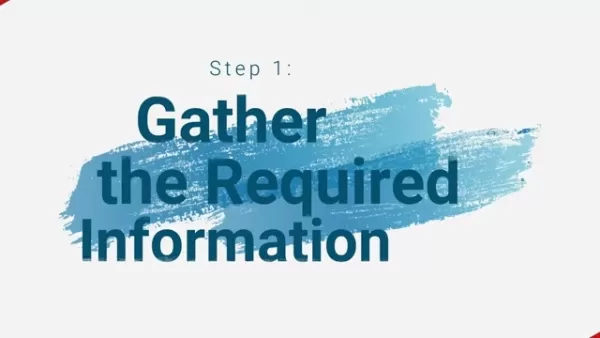 AI-Powered Cover Letters: Expert Guide for Journal Submissions
In today's competitive academic publishing environment, crafting an effective cover letter can make the crucial difference in your manuscript's acceptance. Discover how AI-powered tools like ChatGPT can streamline this essential task, helping you cre
AI-Powered Cover Letters: Expert Guide for Journal Submissions
In today's competitive academic publishing environment, crafting an effective cover letter can make the crucial difference in your manuscript's acceptance. Discover how AI-powered tools like ChatGPT can streamline this essential task, helping you cre
 US to Sanction Foreign Officials Over Social Media Regulations
US Takes Stand Against Global Digital Content Regulations
The State Department issued a sharp diplomatic rebuke this week targeting European digital governance policies, signaling escalating tensions over control of online platforms. Secretary Marco
US to Sanction Foreign Officials Over Social Media Regulations
US Takes Stand Against Global Digital Content Regulations
The State Department issued a sharp diplomatic rebuke this week targeting European digital governance policies, signaling escalating tensions over control of online platforms. Secretary Marco
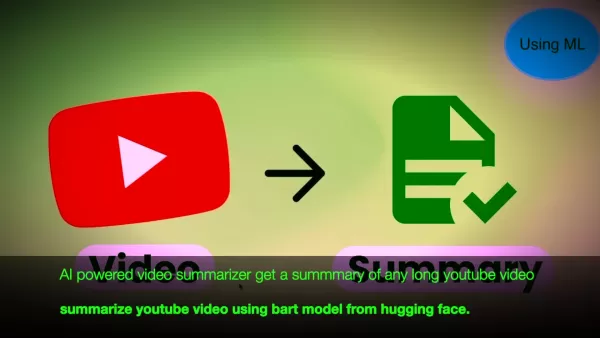 Ultimate Guide to AI-Powered YouTube Video Summarizers
In our information-rich digital landscape, AI-powered YouTube video summarizers have become indispensable for efficient content consumption. This in-depth guide explores how to build a sophisticated summarization tool using cutting-edge NLP technolog
Ultimate Guide to AI-Powered YouTube Video Summarizers
In our information-rich digital landscape, AI-powered YouTube video summarizers have become indispensable for efficient content consumption. This in-depth guide explores how to build a sophisticated summarization tool using cutting-edge NLP technolog
 August 6, 2025 at 1:00:59 AM EDT
August 6, 2025 at 1:00:59 AM EDT
Who knew paper airplanes could be so legit? This guide’s got me folding like a pro, but my cat keeps swiping my planes mid-flight! 😅 Anyone else’s pets ruining their airshow?


 0
0
 August 5, 2025 at 3:00:59 AM EDT
August 5, 2025 at 3:00:59 AM EDT
Who knew paper airplanes could be so complex? This guide’s got me folding like a pro! ✈️ Loving the tips for better flight distance!


 0
0





























